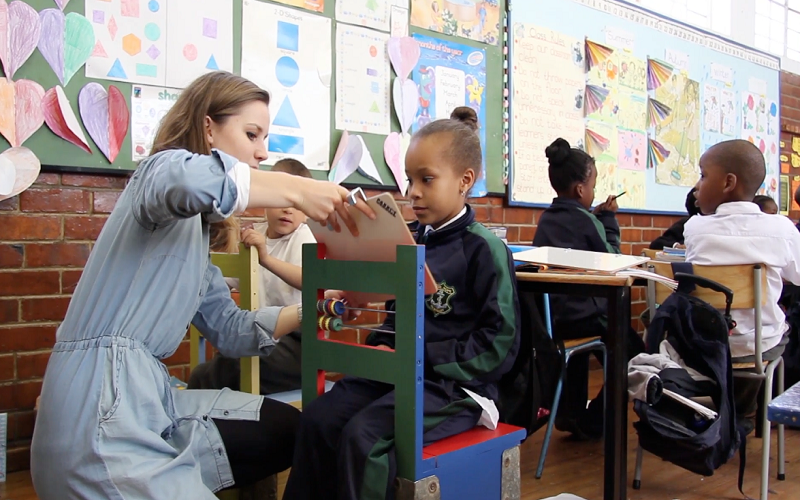Good practices– My work has taken me to visit schools throughout Ecuador: on the coast and the Galapagos Islands, in the inter-Andean region and in the Amazon. Each one with different characteristics and, even, different school calendars! During each visit, certain questions always come to mind: What do these schools do to strengthen learning with the resources they have? What good practices have I learned from my experience that schools in the region could continue to improve their management?
Useful and accurate data and good practices to improve education, the relationship with and among students, teachers, teachers, and managers. Key data to know why there is educational desertion. What activities do the children do in their free time? Is there verbal or physical violence?
Identified six good practices I detail below
#1) Establish clear goals for authorities and faculty, allowing to have a broad vision of the learning that is intended to achieve in students; that is to say, the definition of objectives in the achievement of learning and the actions that will be taken with respect to how to achieve them.
#2) Understanding the environment where the educational community operates is necessary to analyze the strategies to be implemented to achieve quality learning. This includes knowing the characteristics of the communities, their social interactions, and their customs so that resources for learning can be focused in a better way.
#3) Promote institutional self-regulation so that there are control and administration of limited resources based on the goals set out in the learning. For example, the designation of didactic material and technological resources should be oriented in those areas that allow maximizing learning.
#4) Adapt to the change . Every institution must deal with situations of change, either unexpectedly or in a planned manner, but these challenges can not affect the long-term learning goals of students. For example, access to learning spaces cannot be completely limited by remodeling or expansion work.
#5) Generation of strategic alliances based on the experience of the institution on knowledge of the environment and the formulation of the goals you want to achieve. A strategic alliance in certain contexts could be to establish a dialogue with companies close to educational institutions so that young students can carry out work practices.
#6) Sense of community that allows being more efficient in the allocation and distribution of resources, as well as in transparent accountability in terms of institutional goals and learning achievements. A clear example of this sense of community is to expose families and community organizations to the achievements of students and resources aimed at improving schools.
It is true when a child begins the second cycle of Early Childhood Education, the most common is that for everyone around him (parents, other relatives, friends, and even teachers) start a countdown until the child knows how to read. A countdown that, like any worthy countdown, expect to be short, of course. Probably has to do with what we live accelerated and the culture of speed is imposed: today everything is instantaneous, we avoid at all costs waiting, as soon as a computer starts to slow we change it and before the light turns green We are already accelerating. But we do not even consider if we really are in a hurry.
These good practices have been key, in my experience, observing educational centers, to develop management dynamics much more accurate and oriented to the quality of learning. Each of these institutions is organized independently and guides the management around their local needs, managing to integrate these elements and take advantage of them to obtain results in the learning of their students.
Systematizing these practices can contribute to the integration of concrete actions in public policy in education. In addition, these reflections promote a closer dialogue with other systems in order to share successful experiences in other contexts of the region and, jointly, to promote excellence in education systems.
The evaluation of organizations has become a common good practice in those who have or want to succeed. It is not possible to be more efficient and compete in appropriate conditions if periodic reflection exercises are not done on what is done, how it is done and to what extent the expectations and aspirations of the users of the product or service that is provided are met. The educational organizations do not escape this tendency although the practice of this type of processes goes slower.







